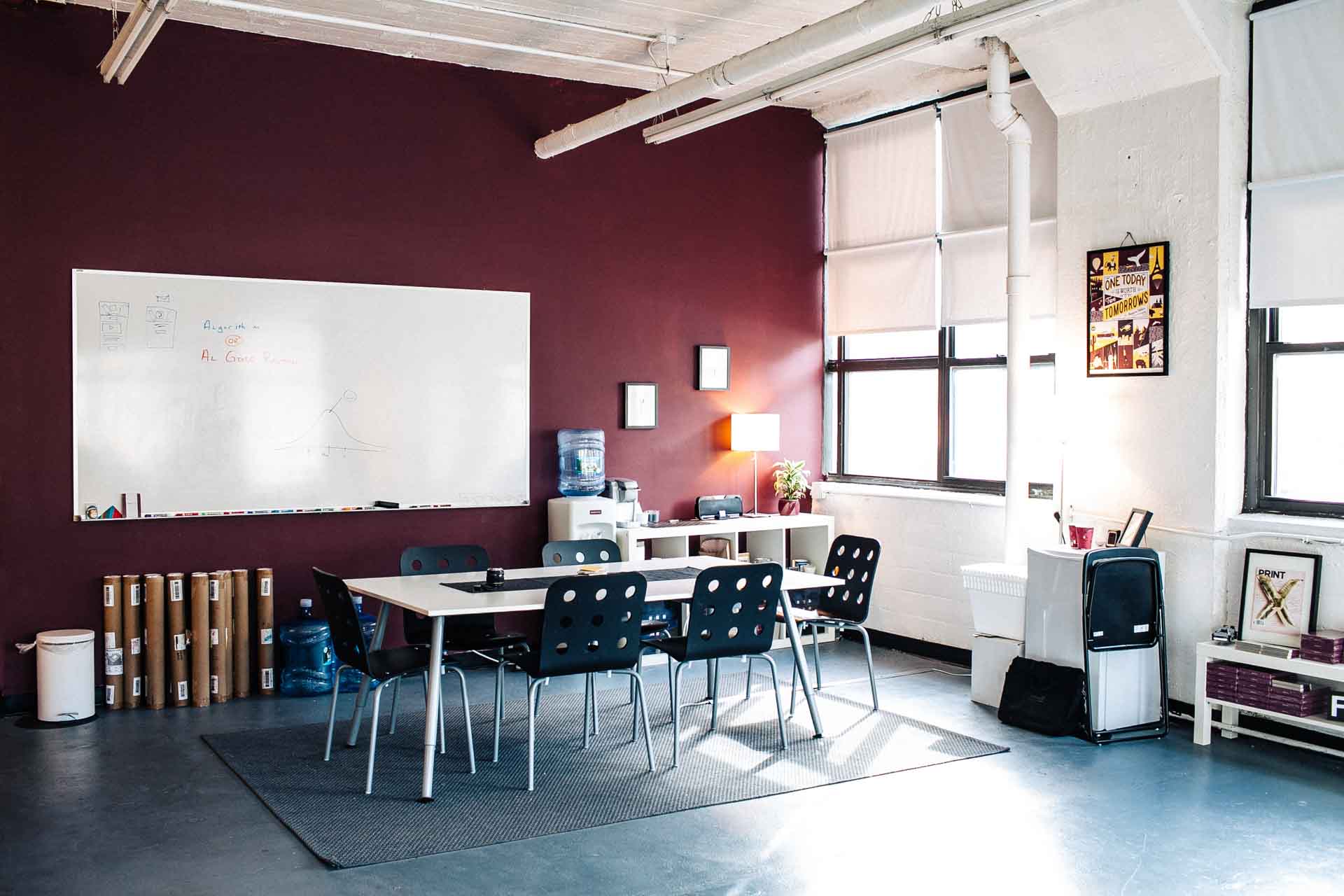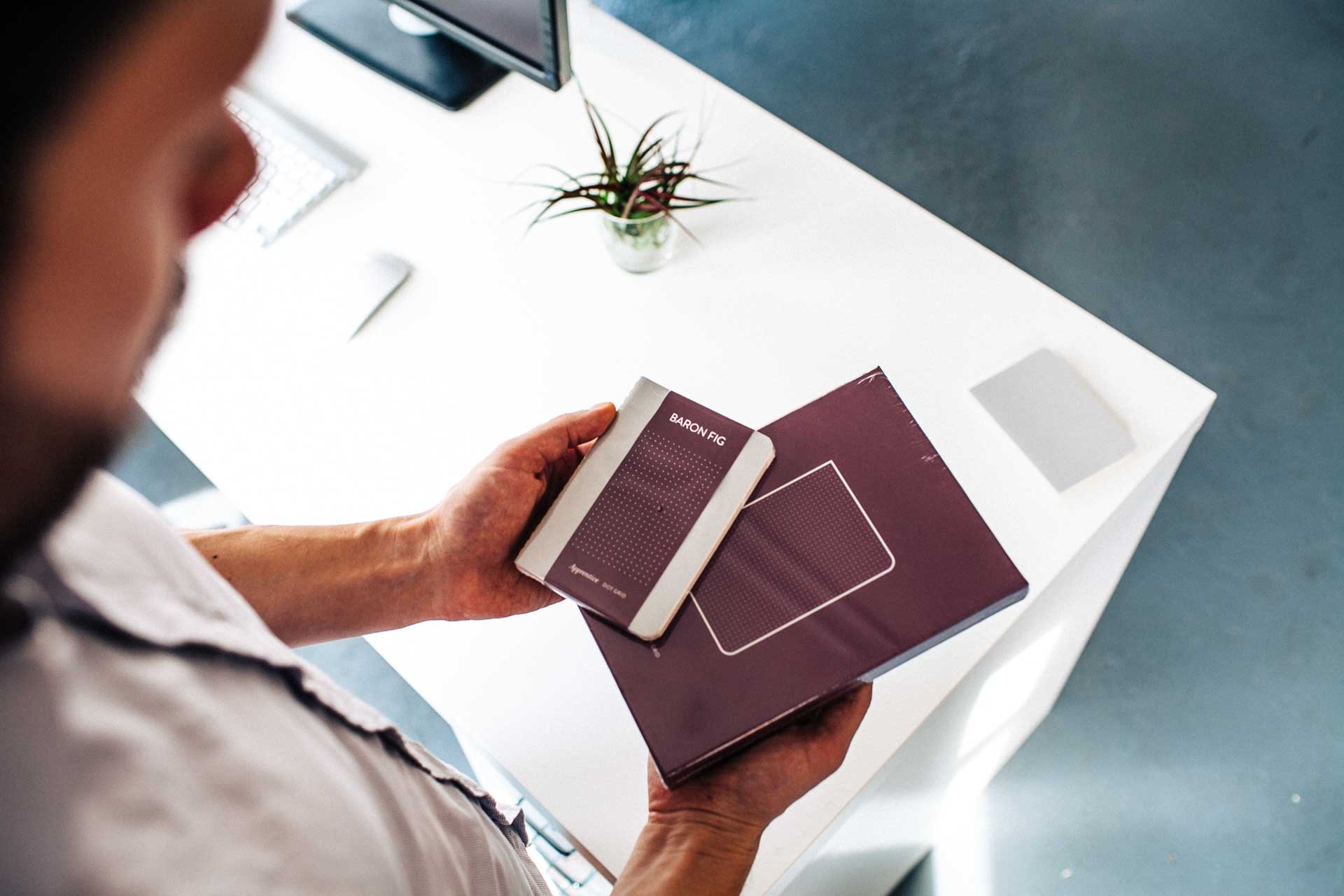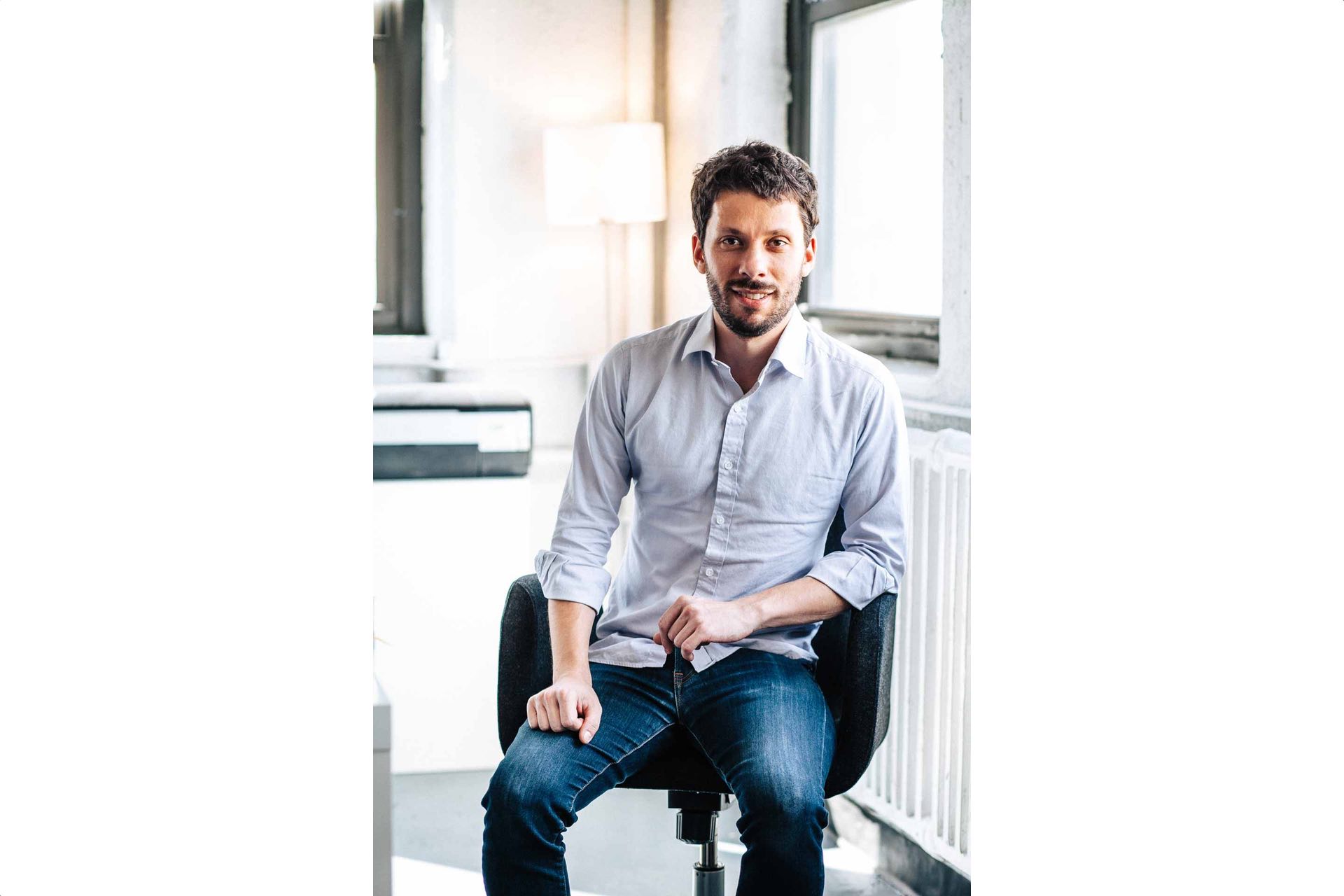Baron Fig is a notebook brand that started on Kickstarter just about a year ago. Their Dot Grit Confidant is (in my humble opinion) just about the best journal on the planet -- it's exactly the right size, has exactly the right type of paper, and is very well made. And so we wanted to connect with the guys behind Baron Fig to hear about how they got in to the journal-making business and what things look like behind the scenes.
Tell us about the backstory of Baron Fig
Joey: A few years back I noticed something interesting during my time at the School of Visual Arts in NYC. I was in the Graphic Design program, and I used two primary tools to create work: a computer and a notebook. Same goes for my peers, but there was something peculiar going on. It seemed that while everyone was using the same computer — a Mac — there was an incredibly diverse set of notebooks being used. On top of the differing notebooks, students (myself included) were also switching books each time they had to get a new one. So on one hand we had this ubiquitous tool which everyone used, and on the other we had a tool that had zero loyalty and continuity. I wanted to explore that.
Adam: Joey and I met in early 2010 at an entrepreneur meetup in NYC. We talked about making a notebook and finally in early 2013, after working on many projects together, the timing seemed right. After discussing the idea for almost 3 years, I told Joey lets just make this thing.

The Baron Fig guys: Adam Kornfield on the left; Joey Cofone on the right.
How did you decide on the papers and the size and colors?
Joey: We started exploring ideas by talking about our own observations and preferences. Notebooks are tools that every one of us have been using since childhood, whether or not we’re aware of it we all have strong preferences. Once we figured out the general goal — to make a notebook for ideation — we figured out who our users would be and got in contact with them. We ended up emailing 500+ thinkers around the world — architects, designers, illustrators, writers, etc. –and asked them one simple question: “What do you like in a sketchbook or notebook?” The response was incredible. Over 80% responded, and many with extremely detailed feedback. We used their collective guidance to create our first notebook, the Confidant.
Adam: We wanted to create something with no branding and a very subtle look and feel. We felt the gray cloth cover provided a great texture and visual experience. For the sizing, we had used virtually every sketchbook and notebook out on the market. Many provided something that was too long and narrow. We found that by shortening the height of the book and making it a little wider provided the optimal experience. After the book was manufactured and complete, we found that the dimensions were almost exactly the size of an iPad Mini. If both Apple and Baron Fig arrived at the same dimensions independently, then it must mean something.
It’s been one year since your Kickstarter was successfully funded (10x over), what has the past year been like?
Adam: It’s been a very interesting, busy, and intellectual gratifying experience. With only two people in Baron Fig (Joey and myself), it leads to many tasks falling on a few shoulders. We’ve been learning a lot and having a great time doing it.
Since we sell directly to customers (by our choice), we interact and get feedback from customers all the time. This happens through email, twitter, phone, or in person. We’ve had all sorts of interesting customers stop by our studio. A Swedish graphic designer, an Australian game developer, the manager of a famous Broadway show, and many others.
Joey: It’s been an education and a half. Last week we met Nathan Bond, one of the founders of Rifle Paper Co., and he said when starting a company “you’re always and never ready.” I completely agree.
People are picky about their paper and their notebooks. I’m sure you get lots of requests to “Moleskine-ify” your books, or what have you. What’s it like selling a product in such an opinionated and saturated market?
Joey: If you tweet, email, or facebook to Baron Fig you’re essentially talking to me. All the lines of communication get sent straight to my pocket. This allows our company’s voice to be unified, but more importantly it allows me to have direct input from our customers. During the design process, this is crucial. I know I’m not going to have all the right answers, nor will Adam. Allowing the community in on the process is a win-win for everyone. Sure, every now and then we get an email from a potential customer telling us that if we just added a black leather cover, elastic band, and pocket in the back, that they’d buy hundreds. I politely suggest that perhaps those already exist—and maybe Baron Fig just isn’t right for them. Which is absolutely okay!
You say you make the notebooks that you yourselves want to use. How do your own Baron Figs fit into your everyday life?
Adam: When I leave the house, I always grab my wallet, iPhone, and Apprentice instinctively. There are many times recently I’ve realized I have my Apprentice on me and I didn’t even know it. For riding in the subway or walking around NYC, I use it all the time. At home or the Baron Fig studio I frequently use my Confidant for more in-depth note taking and thinking.
Joey: I have an Apprentice in my breast pocket at all times, and my Confidant is either on my desk or in my bag. Quick ideas likely hit the Apprentice, which I eventually migrate to my Confidant to explore in-depth.
You guys are “designers, illustrators, writers, entrepreneurs and the like”. I’m curious to know what your own relationship between the digital and the analog looks like.
Joey: In my mind, there is little differentiation between digital and analog. My primary concern is using the best tool for the job. In the case of ideation and brainstorming, a blank page is simply the best way to go. Another example in my life is reading books. I regularly read on my Kindle, iPhone, and via the printed page—whatever is best for the subject at hand. I don’t get sentimental when it comes to “smelling the paper” or “turning the pages.” I read to learn and/or to enjoy the message an author has toiled to bring forth; the medium is merely a vessel for that message.
Adam: Both digital and analog have their highly beneficial uses. With digital products you have an entire world of information at your fingertips. For looking up ideas and communicating this is extremely useful. But for pure thinking and brainstorming that flexibility is often a distraction. When I really want to think, I put away all the digital objects and sit with a pen and a notebook, and write down a stream of thoughts. For me, a lot of big thinking is done away from digital.
On your “community” page, it shows that the dot grid is the most popular and the blank is a close 2nd. What notebook do you personally prefer?
Adam: I personally prefer the Dot Grid. We spent a lot of time making the dots the right distance, color, and opacity. So now they feel like an option. If I want to use them for sketching something out, they’re right there. Otherwise, they somewhat disappear from my eyes and feel like I’m writing on a blank page.
Joey: Blank all the way. I love the freedom. Every now and then I throw Dot Grid into the mix because it create a slightly different environment to work with, which can sometimes help bring forth different perspectives. Dot Grid is especially helpful for thumbnailing. I also have a journal at home that’s Ruled. All three have their uses.

Joey, taking notes in his Blank Confidant notebook.
Biggest challenge you’ve overcome so far?
Joey: For me, the biggest challenge has been learning how to create a company that fosters creativity. It’s still something I learn more about every day, and I expect to still be learning for years and years to come. Our goal with Baron Fig is to celebrate the maker spirit, and we do this by attempting to be an example of it. This is where Baron Fig Projects come in. So far we’ve done the Idea Series, Poster Project, and Spotted! They’ve all been a blast to make—our community has loved them—and we have a couple more in the works that are taking things to a new, more interactive place. Stay tuned!
Adam: One of the biggest challenges for me is making sure we focus on the right things, and eliminate essentially all other distractions. With only two people handling product development, customer service, marketing, and making the products, we have to make sure to stay really focused. Focused on the present, but also the near future (like launching the next product), and focusing on things far in the future and getting the ball rolling early. For physical products, it takes a long time to make things happen.
You just shipped the Apprentice? What’s next?
Adam: The fun of Baron Fig is listening to feedback and combining it with our ideas to make the next products. Its a journey that just keeps going.
Joey: We’re going to continue to listen and create. Right before giving a speech, Adam once told me, “If you have fun, they’ll have fun.” We’re applying that thinking to Baron Fig.














